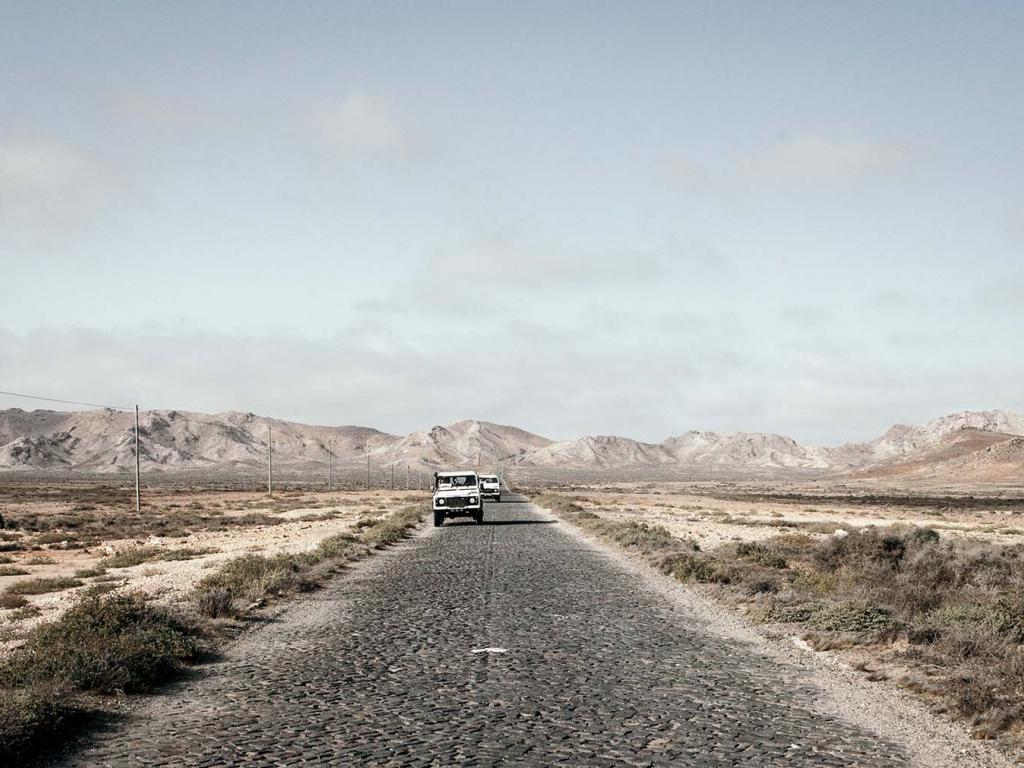

For those of us in the U.S., Cape Verde, or Cabo Verde as it’s also known, may be a geographical oversight, our travel bucket lists filled instead with fantasies of foreign lands where safaris under the stars, street noodles and glamping abound gratuitously. UK travelers have been a bit more savvy to this sweet island outpost as Cape Verde is a six-hour direct flight away with little to no time difference and better guaranteed year-round sunshine than the Canary Islands – while having the distinction of being cheaper and closer than the Caribbean. So, beyond the obvious, why should this collection of small islands be on your bucket list? It all starts with sustainabilty. 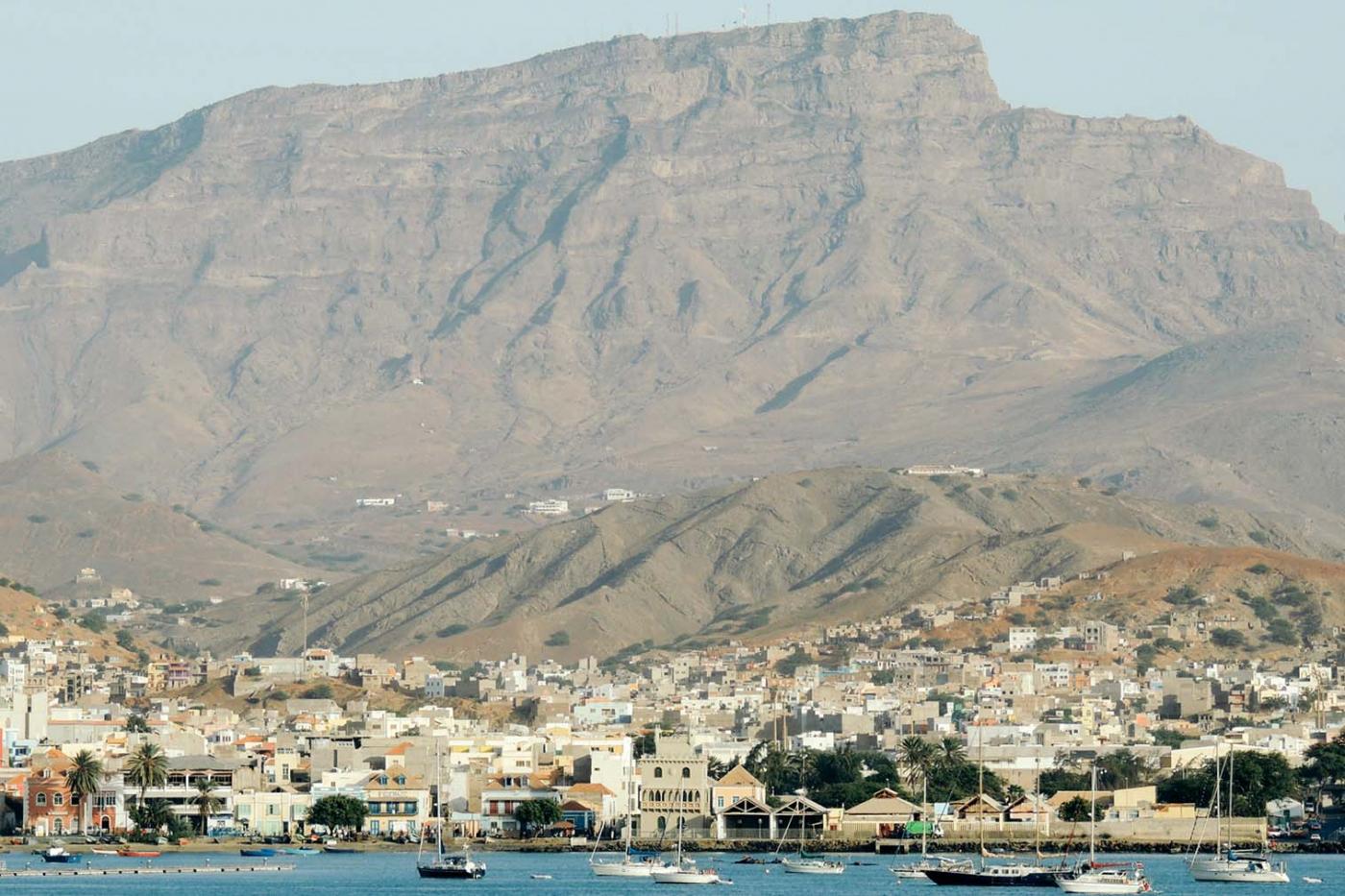
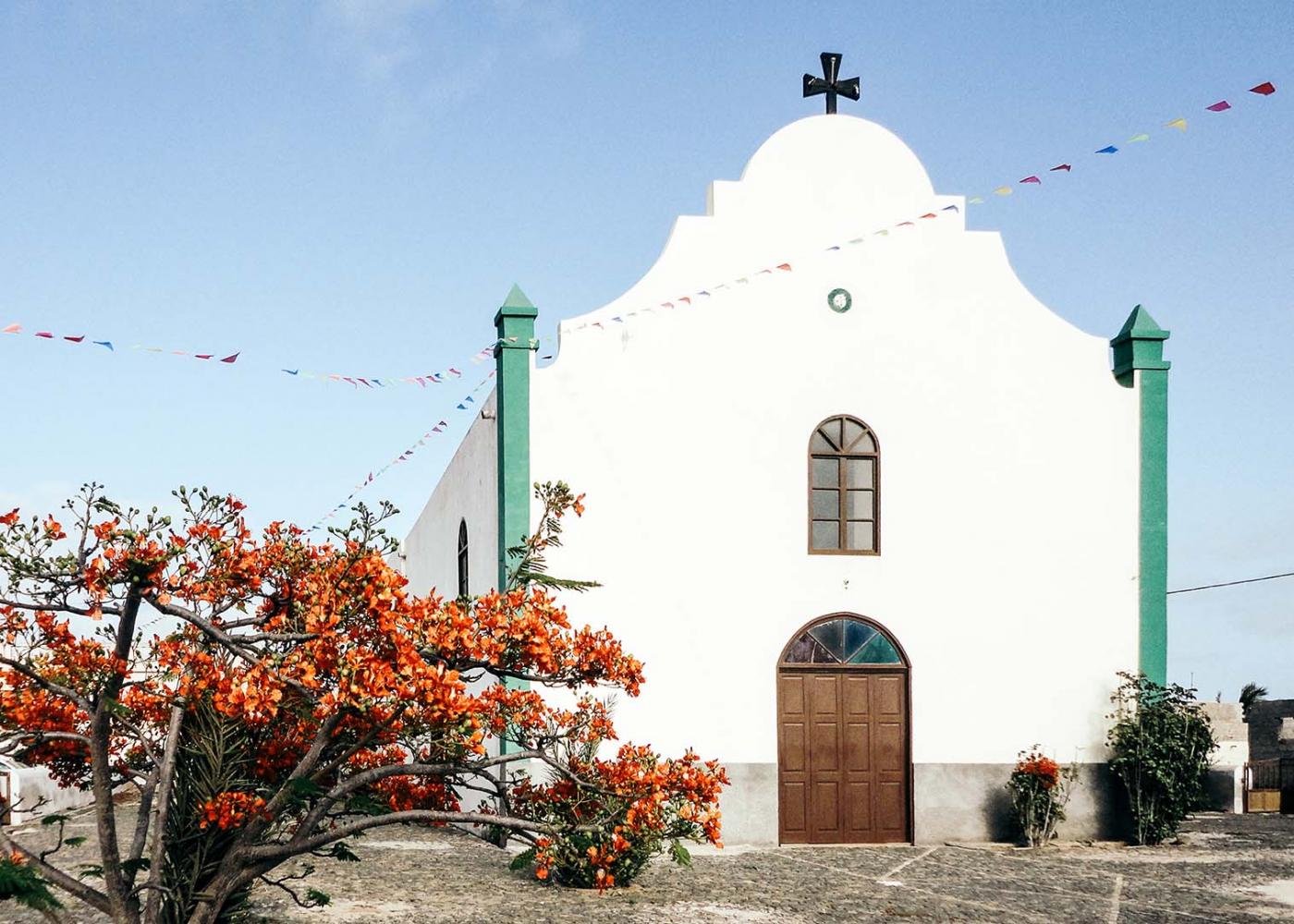
Photography: Harry & Rowena Kennedy | Adam Foster
This former Portuguese colony is comprised of 10 islands and five islets, all but three of which are mountainous and lies around 500 km off the west coast of Africa. Find Morocco on a map, head south and due west about 350 miles. As a hot holiday destination, it’s got some serious perks – on top of the direct flight from the UK, it’s a year-round sunny slice of paradise with a windy season perfect for kitesurfing, volcanic hiking routes and a lively music scene. According to the Global Travel Search Index, which ranks the holiday destinations that have shown the greatest increase in Google search interest over the past 12 years, Cape Verde takes the top spot - with a spike of more than 3,000 percent since 2004.
According to an article from The Telegraph who spoke with Henry Morley, Founder of True Luxury Travel, “A key reason for the increase in search volume for Cape Verde is due to much greater accessibility to the islands. Recent years have seen greater availability of direct flights from the UK which will have brought the country to the forefront of people's minds as a potential holiday destination.”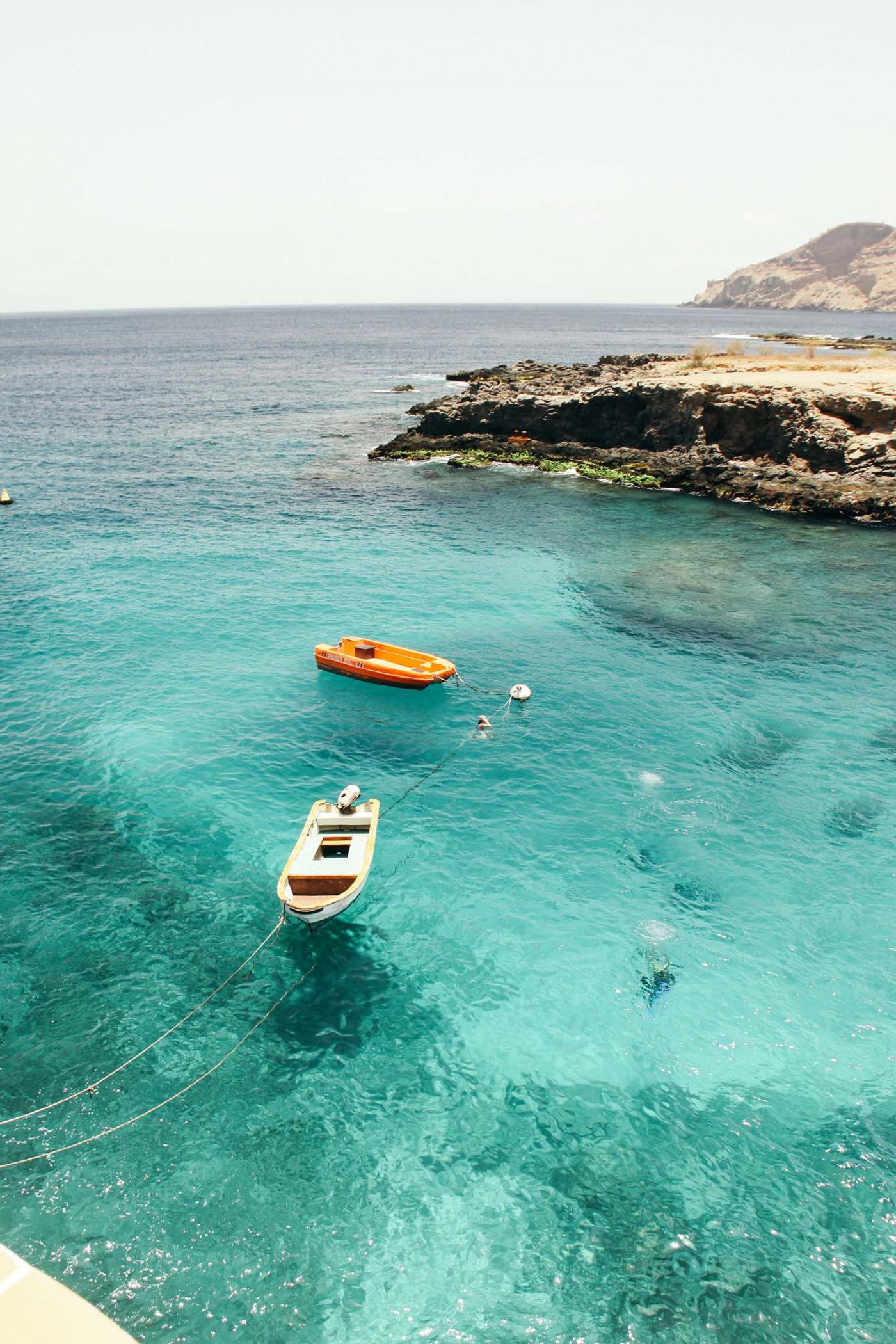
Photography: bigmikesndtech
You’ve maybe heard or read most of the facts despite the United States’ recent decision to pull out of the Paris Climate Accord, “The planet's average surface temperature has risen about 2.0 degrees Fahrenheit since the late 19th century, a change driven largely by increased carbon dioxide and other human-made emissions into the atmosphere. Most of the warming occurred in the past 35 years, with 16 of the 17 warmest years on record occurring since 2001. Not only was 2016 the warmest year on record, but eight of the 12 months that make up the year — from January through September, with the exception of June — were the warmest on record for those respective months.” In addition to warming of the air temperature, we’re also contending with shrinking ice sheets, warming oceans, decreased snow cover, glacial retreat, sea level rise and “extreme events” as evidenced in the unprecedented hurricane season.
So how does Cape Verde, a small island chain off the coast of Africa, figure into this global crisis? It plans to run on 100% renewable energy by 2020 and seems to find this goal massively achievable. It’s also pledged to put the common good as one of it’s measures of success and has vowed to help other African nations do the same.
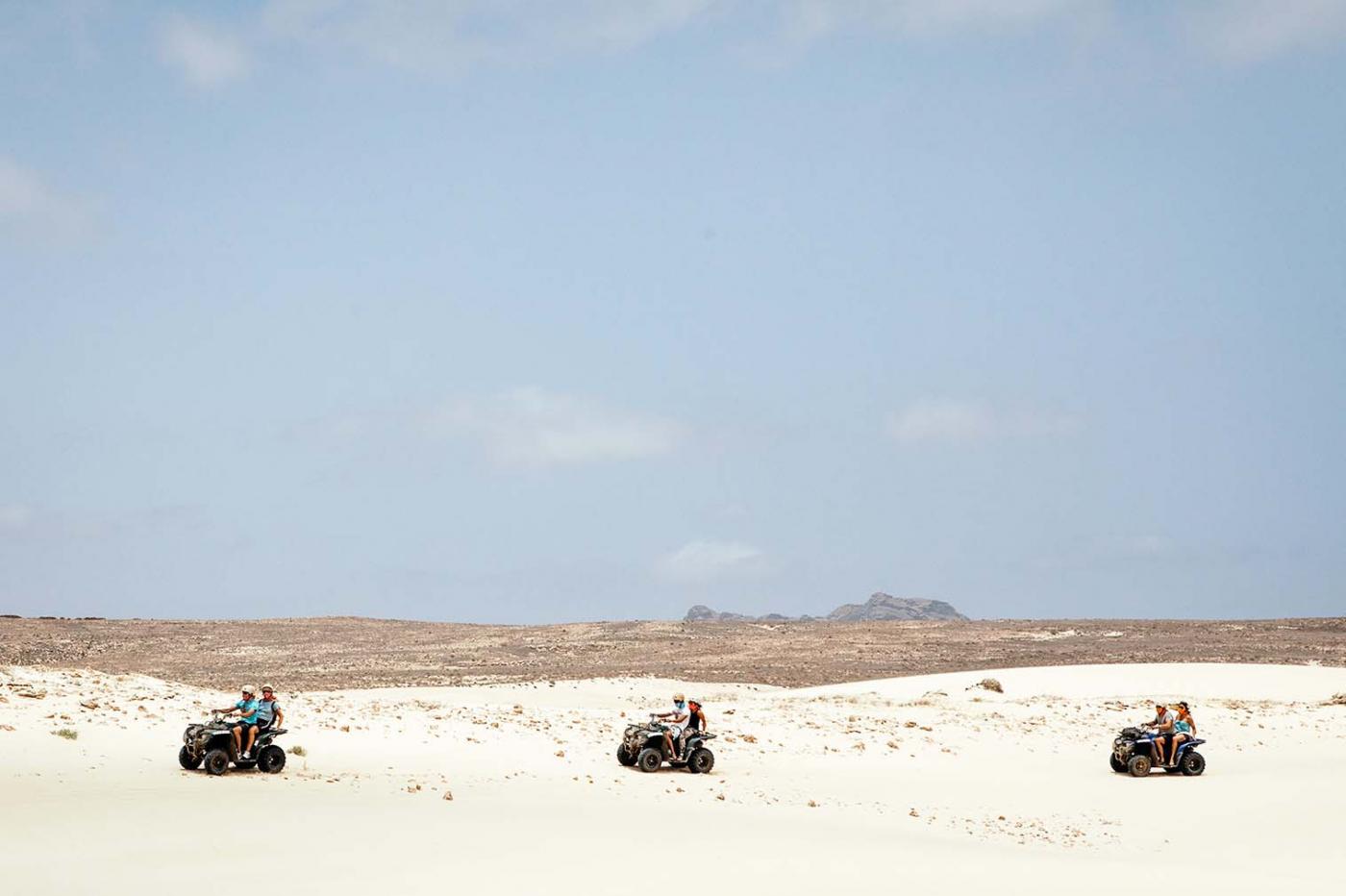

Photography: Adam Foster
Cape Verde has identified it may not have fertile farmland or really any mineral resources to speak of, but there are two things it does have in spades, sun and wind. In 2010, the Cape Verde government released a study outlining the benefits of investing heavily in solar power plants and wind turbines, suggesting short term targets of 25 percent renewable energy by the end of 2011 and 50 percent by 2020. Yet that same research suggested the country would benefit in a variety of ways if it could achieve the loftier ambition of completely divesting from all fossil fuel imports.
The project Cabeólica was established as the first Public Private Partnership (PPP) to deliver commercial scale wind power in sub-Saharan Africa. In an article written by The Independent, Ana Monteiro, the project’s head of environment, social and administration was interviewed and said “they were already supplying 25 percent of the electricity consumed in Cape Verde through 30 wind turbines across the country’s four largest islands - beyond expectations.” At peak, renewables now account for more than a third of the country’s energy demands.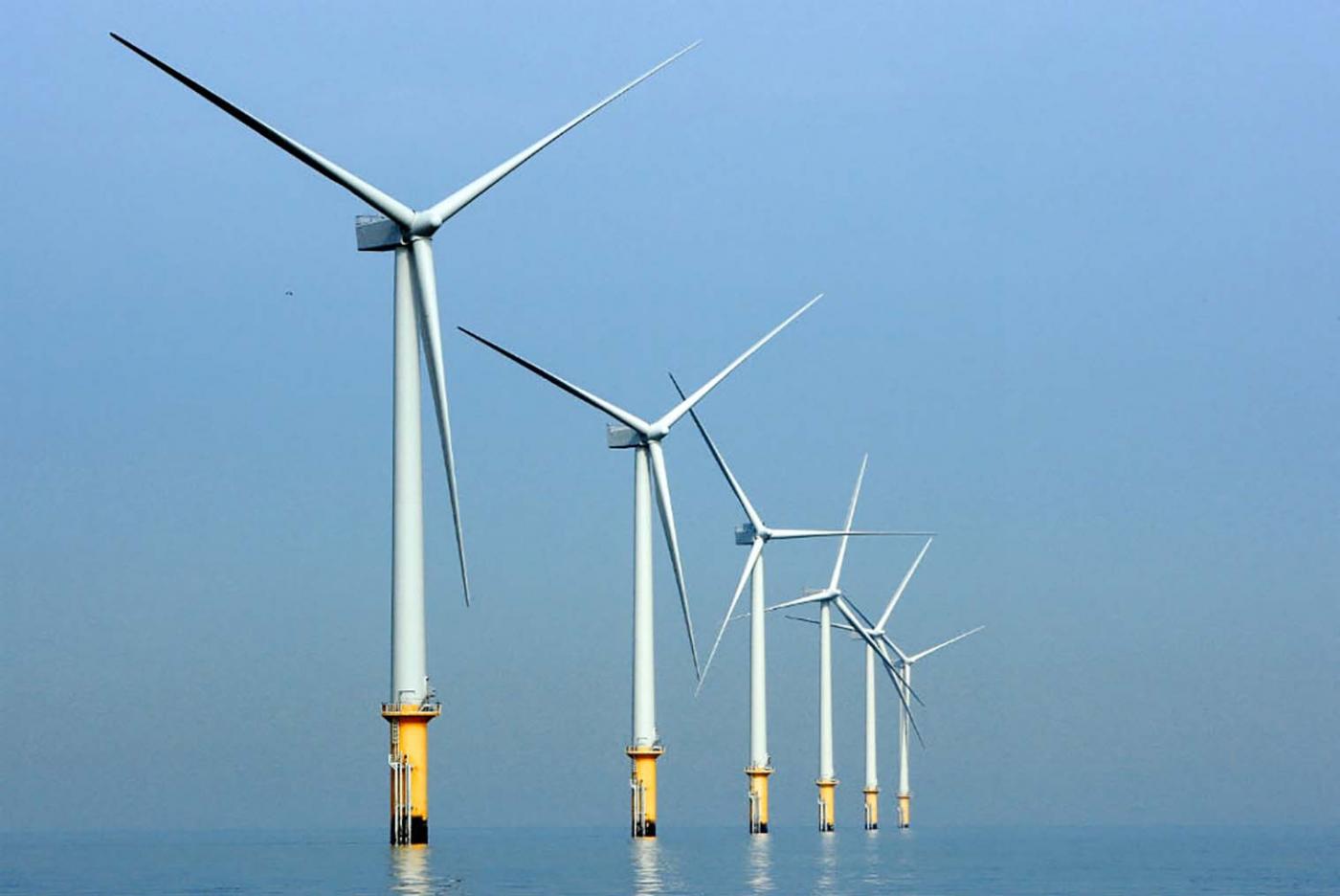
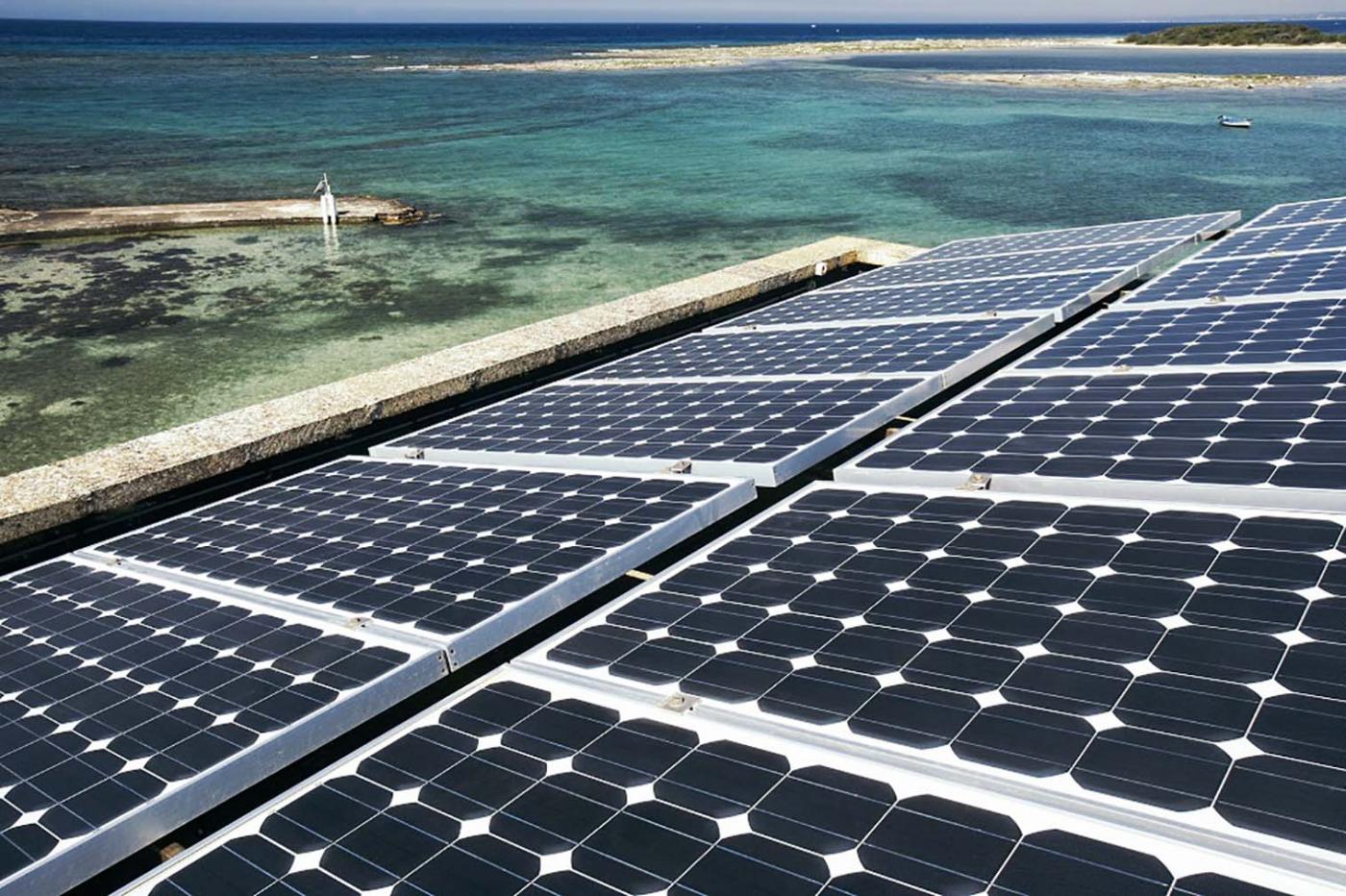
Photography: Sean Gallup
“Cape Verde wants to serve as a laboratory,” Energy Minister Anildo Costa told CNN. “We’ll invest in technological innovations so we can learn over time, and fully adopt those technologies once they become profitable for the country. We see our investment in renewable energy as something larger,” Mr Costa said. “We want to have a state of the art renewable energy sector that serves as a reference point for the entire country.”
Cape Verde, a small series of islands off the coast of Africa, a lush paradise born of volcanic fury, with a small footprint on the world, a lively music scene and direct, six-hour flight from the UK, is brewing something much more beautiful and long-lasting than the experience of a holiday away. We should all be rooting for and supporting them to succeed in their ambitious renewable energy goals.




